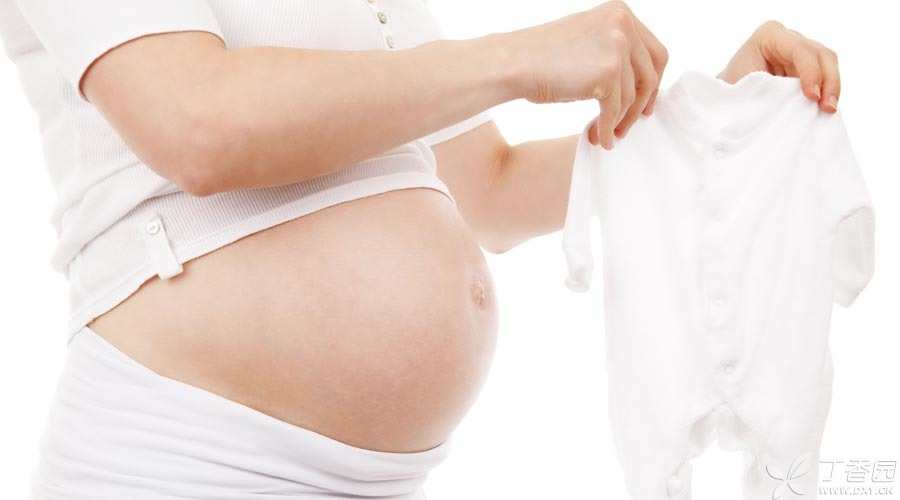
In order to let expectant mothers choose to be more confident in their hearts, sum up some recommendations for expectant mothers in my clinic during pregnancy and delivery for your reference. Most of the following recommendations have evidence-based medical evidence, and a few are my expert opinions. In the future, I will write corresponding articles to explain each recommendation according to the actual situation.
1. It is recommended to start oral administration of folic acid-containing multivitamins 2 months before pregnancy.
2. TORCH screening is not recommended routinely. TORCH screening is only recommended for some high-risk groups, preferably pre-pregnancy screening, and the second choice is early pregnancy screening.
3. Routine determination of progesterone level is not recommended to guide early pregnancy and protect fetus.
4. Bed rest is not recommended to protect the fetus.
5. Routine oral or intramuscular progesterone injection is not recommended for fetal protection.
6. Screening and treatment of ABO blood group incompatibility are not recommended.
7. Routine Down’s screening is recommended, especially in early pregnancy.
8. Routine ultrasound screening of fetal malformations is recommended.
9. It is recommended that most expectant mothers start to supplement calcium from the second trimester of pregnancy (except those with sufficient calcium intake in diet)
10. It is recommended that nearly half of expectant mothers should supplement iron (determined according to the results of blood routine examination)
11. Except calcium and iron, other [nutritional drugs or additives] are not routinely recommended to be supplemented.
12. Routine recommendation of moderate exercise and diet control during pregnancy
13. Encourage natural childbirth and recommend free posture for childbirth and free posture for childbirth.
14. Routine lateral episiotomy during vaginal delivery is not recommended.
15. Breastfeeding for 2 years after delivery when recommended conditions permit, or until natural lactation.
